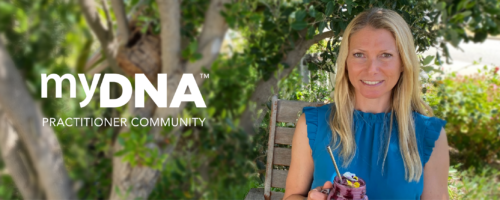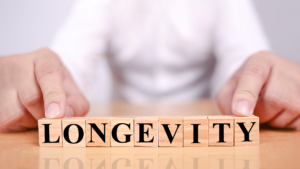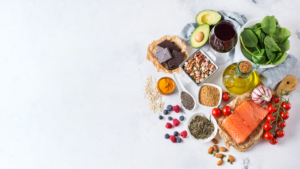Incorporating genetic insights into a patient’s holistic health journey can seem complex, but it doesn’t have to be. This article simplifies the connection between DNA and sleep, offering practical strategies to help you integrate these insights into your practice. We’ll explore the key genetic pathways that influence sleep, examine specific Single Nucleotide Polymorphisms (SNPs) relevant to sleep and nutrition, and provide examples of actionable recommendations based on these genetic factors.
Pathways & Major Influences
Sleep is a multifaceted process controlled by an intricate network of genetic pathways. Understanding these pathways can unlock valuable insights into how your patients’ genetics influence their sleep quality, duration, and overall well-being. Here are the most significant sleep-related genes:
Circadian Rhythms and Sleep-Wake Cycles
Our circadian rhythms, or internal body clocks, are fundamental to sleep regulation. The CLOCK and PER genes are crucial in maintaining these rhythms. The CLOCK gene influences the timing of sleep, while the PER gene helps regulate the sleep-wake cycle. Disruptions in these genes can lead to sleep disorders or irregular sleep patterns.
Sleep Quality and Deprivation
The BDNF and ADORA2A genes are vital for sleep quality and the body’s response to sleep deprivation. BDNF supports brain function and resilience to sleep loss, while ADORA2A affects the brain’s response to caffeine, impacting how well someone sleeps after consuming stimulants.
Chronotype: Morning vs. Evening Preferences
Whether a person is a morning or evening type—known as their chronotype—is influenced by both the CLOCK and MTNRB1 genes. Variants in these genes help determine optimal sleep and wake times, which can affect work performance and overall health.
Nutrition and Sleep Interaction
Nutrigenomics reveals the interaction between diet and sleep. The PEMT gene influences REM sleep, with dietary choline intake supporting this critical sleep phase. The MTNRB1 gene affects glucose metabolism, making meal timing crucial for blood sugar regulation and sleep quality. Additionally, the CLOCK gene plays a role in how the body processes food at different times of the day, with late-night eating potentially disrupting sleep and contributing to weight gain.
Integrating DNA Insights into Practice
By understanding these genetic influences, you can make personalized recommendations that enhance your patients’ sleep and overall health. Here are some practical tips based on the SNPs discussed:
CLOCK and PER Genes: Optimizing Sleep Timing
For patients with CLOCK or PER3 variants, maintaining a consistent sleep schedule is essential. Encourage them to stick to regular bedtimes and wake times, even on weekends, to align their sleep with their circadian rhythms. Patients with an evening chronotype may benefit from gradually shifting their routine to an earlier time to improve sleep quality.
BDNF and ADORA2A: Managing Sleep Deprivation
Patients with the BDNF variant may need additional support to cope with sleep deprivation. Regular physical activity can help boost BDNF levels, improving resilience to sleep loss. For those with the ADORA2A variant, recommend limiting caffeine intake, particularly in the afternoon and evening, to avoid disrupting sleep.
MTNRB1 and PEMT: Timing Nutrition for Better Sleep
Patients with the MTNRB1 variant should avoid eating late at night or early after waking to prevent blood sugar spikes. Encourage them to avoid eating breakfast soon after waking to stabilize glucose levels throughout the day. For those with the PEMT variant, recommend consuming choline-rich foods like eggs and soybeans to support REM sleep and cognitive function.
Conclusion: The Power of Personalized Sleep Care
Integrating genetic insights into your practice can significantly enhance the care you provide. By understanding key genetic pathways, relevant SNPs, and implementing tailored recommendations, you can help your patients optimize their sleep and nutrition in a personalized, effective way. Starting with a simple genetic panel focused on sleep and nutrition can be a valuable first step in embracing the benefits of nutrigenomics.






